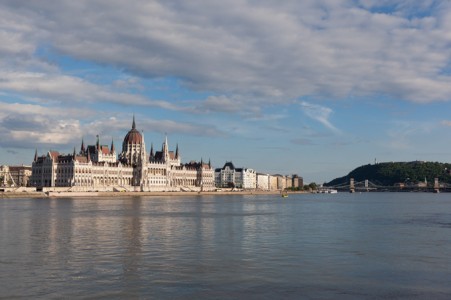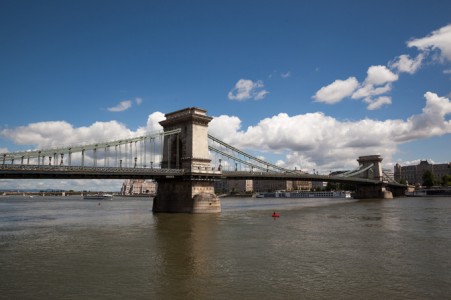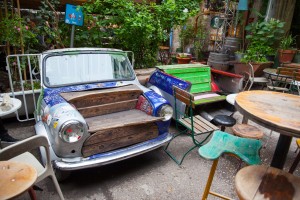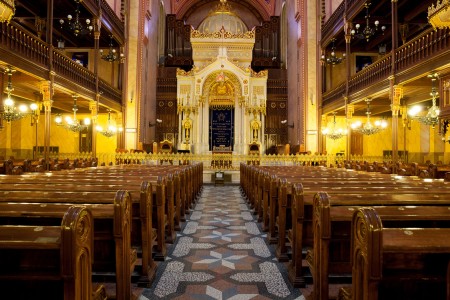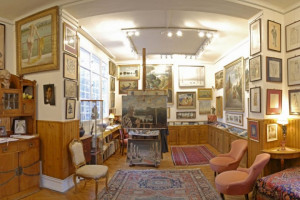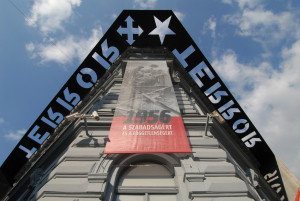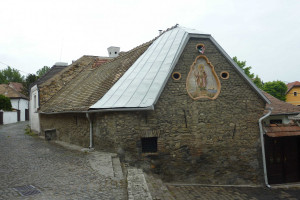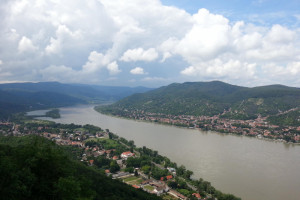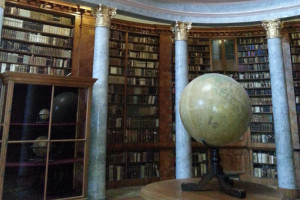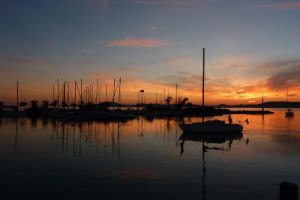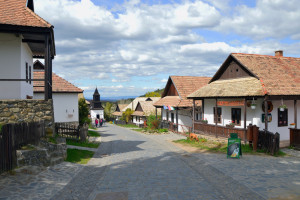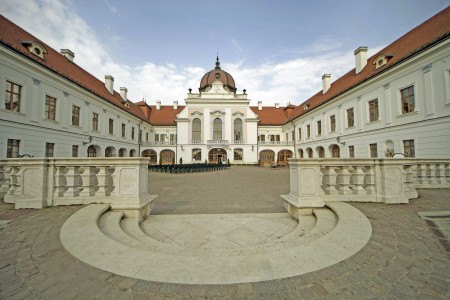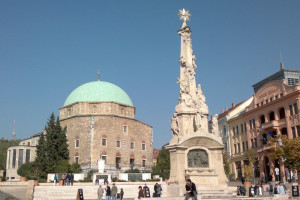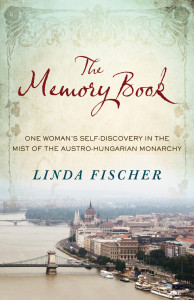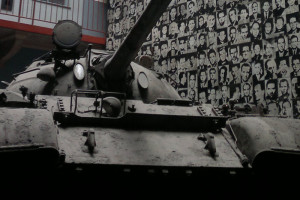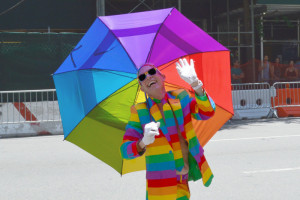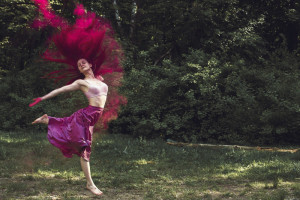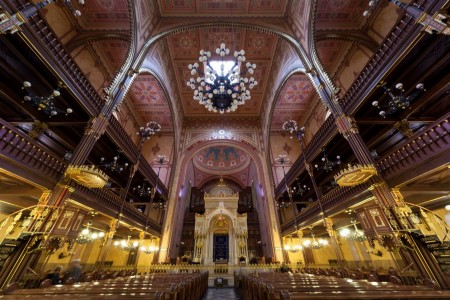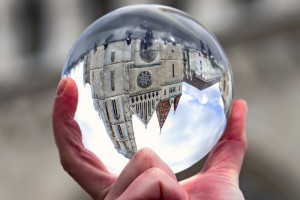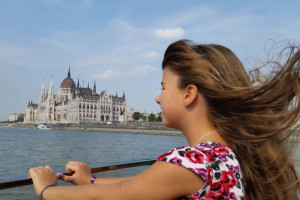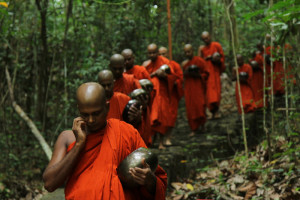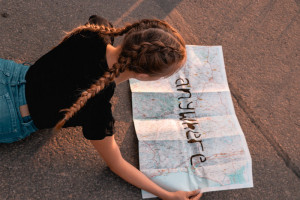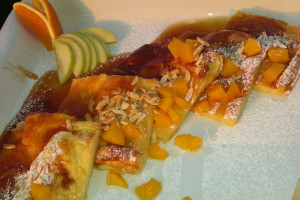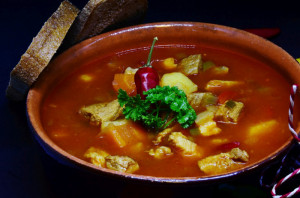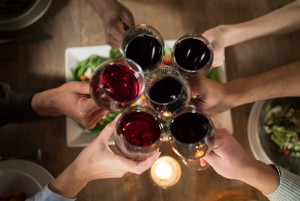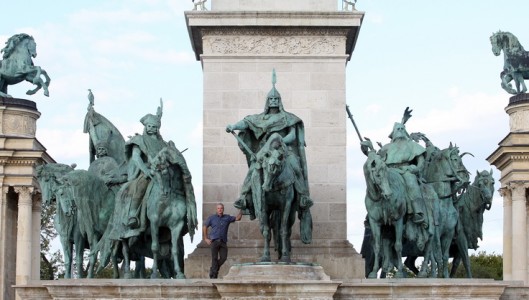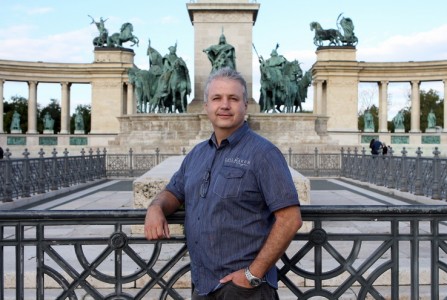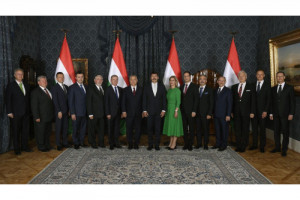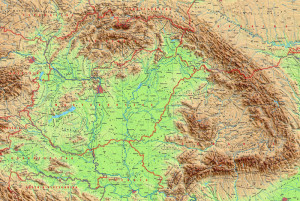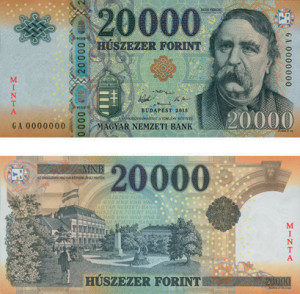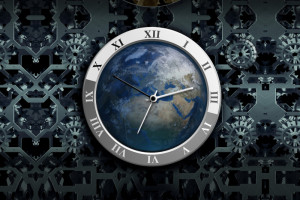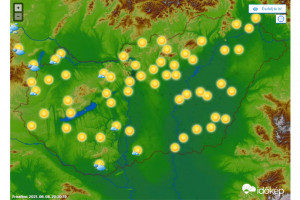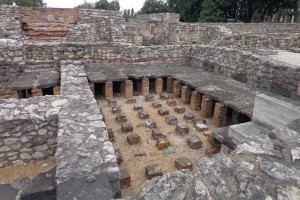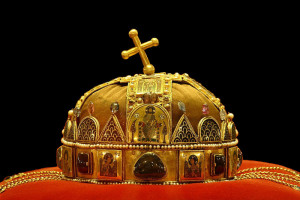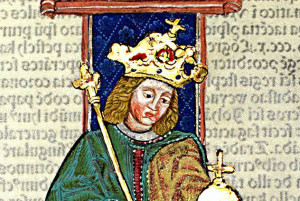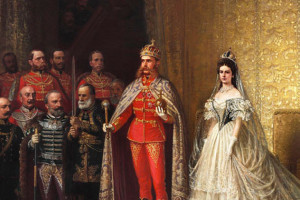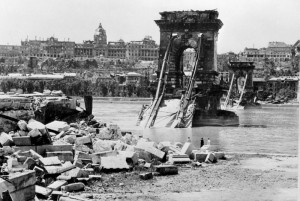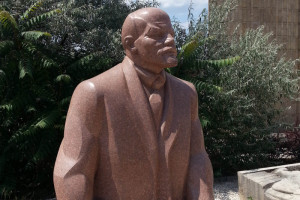Budapest Full Day
ZoOm Hungary
We tour Buda and Pest, the ancient and modern parts of the capital, including the World Heritage Sites: the Castle district, and the Andrassy Avenue with the Millennium Monument. Taking you off the beaten track, you will get the full flavor of this magnificent city.
Budapest Half Day
ZoOm Hungary
This is a half-day orientation tour of Budapest, designed to give you a taste of what the Hungarian capital has to offer. We tour the two parts of the city Buda and Pest, including the World Heritage Sites: Castle district, and the Andrassy Avenue with the Millennium Monument.
Budapest Sight-Doing
ZoOm Hungary
Experience Budapest, the city of history, art, and culture. Tour Buda and Pest, the ancient and modern parts of the capital, including World Heritage Sites: the Castle district, and Andrassy Boulevard with the Millennium Monument. Enjoy the full flavor of this magnificent city.
Jewish Budapest
ZoOm Hungary
Budapest had a lively, vibrant and significantly big Jewish population before WW2. Even though the first Jewish settlers arrived at the territory of Hungary with the Romans 2000 years ago, the anti-Jewish laws and the blood bath of the Holocaust made them hunted aliens in their homeland.
Art Lovers' Budapest
ZoOm Hungary
Experience Budapest, the city of Art & Culture, while you discover your own talents. Get an insight into the Hungarian art life, get inspiration from nature and art, and develop your artistic sense with the help of a recognized artist of Hungary.
History Buffs' Budapest
ZoOm Hungary
Hungary is at the crossroads of Europe. Because of its central location, the land was conquered by the Mongols, the Ottomans, the Hapsburgs, the Germans, and finally by the Soviets over the past 1000 years.
Szentendre: Art & Religion
ZoOm Hungary
The Szentendre tour is a perfect combination of history, art and religion. Visiting the Serb Orthodox centre of the country, enjoying the art and the choices of around 20 museums and galleries in Szentendre, spiced with some gastronomical adventure and shopping on demand, makes it an excellent half day excursion.
Danube Bend Tour
ZoOm Hungary
The Danube Bend Tour is a perfect combination of history, art and nature. Visiting former royal seats, also the Catholic centre of the country, enjoying the art and the choices of around 20 museums and galleries in Szentendre, spiced with some gastronomical adventure and shopping on demand, makes it your day, for sure.
Pannonhalma World Heritage
ZoOm Hungary
The monastery of the Benedictine Order at Pannonhalma, founded in 996 and gently dominating the Pannonian landscape in western Hungary, had a major role in the diffusion of Christianity in medieval Central Europe. The Archabbey of Pannonhalma and its environment was inscribed as a World Heritage Site in 1996.
Herend and Lake Balaton
ZoOm Hungary
Art & Nature: this is a full day excursion to the Porcelain Manufactury of Herend and the area around Lake Balaton, the largest lake in Central-Europe, on which we offer you a unique experience of beauty, art and nature.
Hollókő
ZoOm Hungary
Hollókő is an exceptional example of a deliberately preserved traditional human settlement representative of a culture that has become vulnerable under the impact of irreversible change. This village from the 17th and 18th centuries, is a living example of rural life before the agricultural revolution of the 20th century.
Palace of Sisi & Horse Show
ZoOm Hungary
Your visit to Gödöllő, to the former summer Palace of Sisi, the beautiful Austro-Hungarian Empress, Lady Dee of the 19th century, followed by a special visit to the nearby Domony valley, combined with a horse show and a traditional Hungarian styled lunch, makes your day an unforgottable experience.
Pécs: Culture, Art & History
ZoOm Hungary
Pécs is around 2000 years old. Famous for its Zsolnay ceramics and Roman and Turkish ruins, this city is a great destination for visitors interested in history, art and culture. Previously settled in by the Romans and later the Turks, there is no city in Hungary which has a greater Mediterranean feel about it.
The Memory Book Tour
ZoOm Hungary
What was it like for a girl a hundred years ago in the center of Europe? See a young girl’s life in the days of the Austro-Hungarian Monarchy where family and romance were overrun by war. The Memory Book Tour takes you to there, to a place where Amálka grew up.
Communist Budapest
ZoOm Hungary
If communism were a religion, Budapest would have been the sin city of the Soviet block. A taste of Capitalist decadence for the Eastern visitors and a taste of Communist reality for the Western tourists, Budapest was the nexus of two different worlds.
Rainbow Budapest
ZoOm Hungary
Explore all the colors of the rainbow in the capital city of Hungary. Discover gay and lesbian Budapest with a local. Feel liberated in one of the most exciting Eastern-European destinations!
Spiritual Budapest
ZoOm Hungary
Do you agree that chance doesn’t exist? Do you agree that we are all blessed and accompanied by our Guardian Angels? Then the Spiritual Budapest Tour is for you!
Jewish Heritage
ZoOm Hungary
Budapest hosts the largest Jewish population of Eastern and Central Europe. The flourishing and vibrant Jewish life is evident about the city. The tour includes a visit to District 7, known as the Jewish quarter, with the Great Synagogue and the Jewish Museum.
#BudapestHipster
ZoOm Hungary
Get off the beaten path in Budapest. Be a #BudapestHipster for a day! See some of the hidden attractions of the city with an expert local guide who can show you the beats of Budapest.
#BudapestSpecial
ZoOm Hungary
Have you seen enough churches? Are you looking for something special? Watch out, we take you off the beaten path, because you don’t know a city without knowing its people!
Incentive Group Tours Worldwide
ZoOm Hungary
Our team of incentive management specialists have extensive knowledge and experience in running group travel program across the globe. Be it Cancun or Bangkok, Mauritius or Bali, Rome or Phnompen, chances are we will have run a successful program in a country or destination of interest to you.
Private Tours Worldwide
ZoOm Hungary
An alternative to the group incentive is the individual or private incentive program. Rather than traveling as a group, clients would be able to choose from a selection of destinations and options. We create individual programs that fit your needs and work within your internal corporate framework, anywhere on the Globe.
Grandma's Milk Pie
ZoOm Hungary
Grandma's Milk Pie is a traditional Hungarian dessert from the country side, typically from Puszta region. Simple to cook, but gives a real pleasure for the taste buds. Grandchildren's favorite, especially when they cook the milk pie together with granny!
Goulash Soup
ZoOm Hungary
Goulash (Serves 4)
The Goulash Soup was the traditional meal of the Hungarian herdsmen or cowboys, the gulyases for centuries. The delicious beef soup has become the most typical and famous Hungarian dish by now.
Villány Wine Tasting
ZoOm Hungary
A perfect addition to a Pécs tour is a wine tasting program int he nearby wine region of Villány, nicknamed as „Bordeaux of Hungary”. The area of Villány has been populated since prehistoric times. Wine tasting with a fine dining experience is the perfect way to discover Villány and its fabulous wines.
Welcome to the Heart of Europe
ZoOm Hungary
The travel specialist, ZoOm Hungary is offering a wide range of services in Hungary, in the geographical centre of Europe, also known as the heart of Europe. With our carefully selected partners we focus on high end tours, also in Central-Eastern Europe and – on special request, or for incentive groups – anywhere around the world.
Richard Bogdan, Travel Advisor
ZoOm Hungary
Richard Bogdan is a travel professional with decades of experience guiding all over the world. He is the founder and the Managing Director of ZoOm Hungary, a travel agency specializing in European and Hungarian trips. Bogdan has a deep and thorough knowledge of the regions’ history, local culture and top entertainment spots.
Hungarian Economy
ZoOm Hungary
Hungary has made the transition from a centrally planned to a market economy, with a per capita income nearly two-thirds that of the EU-28 average. In 2010 the government implemented a number of changes including cutting business and personal income taxes, but imposed ’crisis taxes’ on financial institutions, energy and telecom companies, and retailers.
Hungarian Government
ZoOm Hungary
Country name: Hungary.
Capital: Budapest.
Government type: parliamentary democracy
Prime Minister: Viktor ORBAN
President: János ÁDER
Hungarian Geography
ZoOm Hungary
Hungary is a landlocked country; it has a strategic location astride main land routes between Western Europe and Balkan Peninsula as well as between Ukraine and Mediterranean basin; the north-south flowing Duna (Danube) and Tisza Rivers divide the country into three large regions.
Location: Central Europe. Geographic coordinates: 47 00 N, 20 00 E
Hungarian Population
ZoOm Hungary
Population: 9,728 M (July 2021 est.) Country comparison to the world: 93
Language: Hungarian (official) 99.6%
Ethnic groups: Hungarian 85.6%, Roma 3.2%, German 1.9%, other 2.6%, and unspecified.
Currency
ZoOm Hungary
The official means of payment in Hungary is the Forint (Ft, HUF).
Coins: 5, 10, 20, 50, 100, 200
Banknotes: 500, 1 000, 2 000, 5 000, 10 000, 20 000
Check the rate of the Euro here. Check the rate of the USD here.
Electric Current
ZoOm Hungary
Electricity in Hungary is 230 Volts, alternating at 50 cycles per second. If you travel to Hungary with a device that does not accept 230 Volts at 50 Hertz, you will need a voltage converter.
Climate
ZoOm Hungary
Hungary has a temperate climate, similar to the rest of the continental zone. The coldest month is January, the hottest month is July. The number of sunny hours a year is 1988.
See the actual weather and forecast HERE.
Public Holidays
ZoOm Hungary
Hungary celebrates 11 public holidays each year. Some are National Holidays, some are Christian Holidays, because of the Christian heritage of Hungary. According to the government regulations, all shops must be closed on these days, but museums and restaurants are usually open.
Before the Magyars
ZoOm Hungary
The Carpathian Basin occupied by the conquering Magyars had been inhabited since prehistoric times. According to the archaeological evidences found at Vertesszölös, the Carpathian Basin had already been the dwelling place of prehistoric man half a million years ago.
The Hungarian Kingdom
ZoOm Hungary
The Magyars have been living for centuries near the mouth of the Don, as vassals of the Khazars. From 889 they spend a few years in the Balkans in the service of the Byzantine emperor, but soon they move on to the northwest, through the Carpathian mountains. Since 890 their leader had been Arpad.
The Angevins and the Ottomans
ZoOm Hungary
The Hungarian crown was competed for in 1301 by three candidates – from Bohemia, Bavaria and the Naples branch of the house of Anjou. The struggle for the Hungarian crown lasted eight years, but the Angevin prince was finally enthroned at Buda in 1309 as Charles I of Hungary.
The Hapsburg Era and WW1
ZoOm Hungary
Exhilarated by this gradual process of liberation from their Muslim overlord, the Hungarian diet – meeting at Pressburg in 1687 – granted more of Leopold I's demands than he might have expected. They gave up their ancient claim to elect the king, allowing a hereditary Habsburg right to the crown of St Stephen.
World War 2
ZoOm Hungary
By 1918, the fate of the Monarchy was sealed. Before its capitulation on November 3, a National Council, headed by Count Mihaly Karolyi, demanded a separate peace, Hungarian independence, the recognition of the right of self-determination for the national minorities, land reform, and universal suffrage.
Communist Era
ZoOm Hungary
A period of reconstruction followed the war. Hungary became a republic, democratic elections were held, and a coalition government was formed. The Hungarian Communist Party, however, supported by the occupying Soviet army and the KGB, did not accept the result of the democratic process.
The Rebirth of Democracy
ZoOm Hungary
Based on the agreements concluded by the representatives of the Hungarian government and of the parties of the opposition, general elections were held in April, 1990. The newly elected parliament revised the Constitution and elected the president of the Hungarian Republic.
